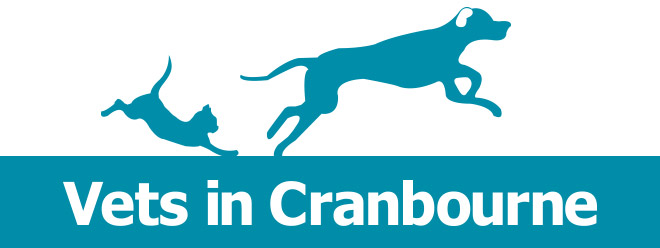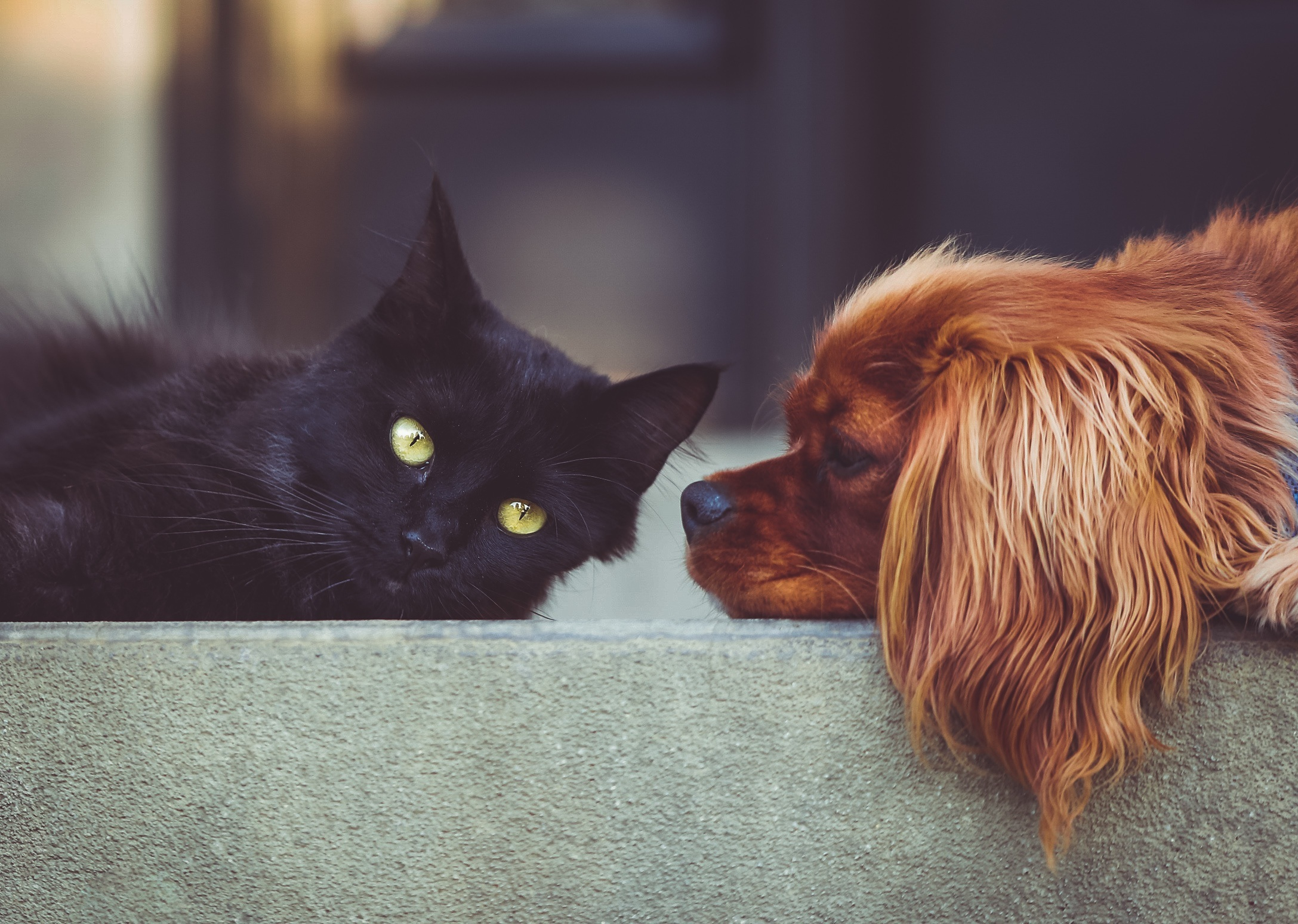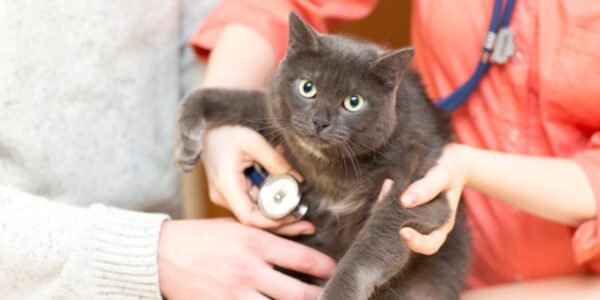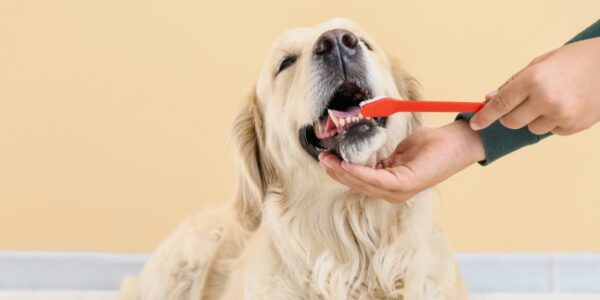Vaccination is one of the most powerful tools we utilise to help keep your pet healthy. Vaccinations are safe. They have minimal (if any) side effects and we recommend you vaccinate your pet because, above all, they work.
Quick Vaccination Facts:
- Vaccinations protect against potentially fatal diseases.
Many dangerous or life-threatening animal diseases are preventable with the right vaccinations. - Vaccinations protect other pets in the community.
When there are a greater number of pets vaccinated, the spread of disease is greatly reduced. (This if often referred to as herd immunity.) - Vaccinations protect your pet when they are at their most vulnerable.
If your pet is old, or unwell, their immune system may be weak. Vaccinations ensure that they are protected even in this state. - Vaccinations mean you can board your pet.
Kennels and catteries require that pets be up-to-date with their vaccinations. This comes in handy in family emergencies, or if you decide to go away on holiday. - Vaccinations save money.
The cost of keeping your pet’s vaccinations up-to-date is minimal when compared to the cost of treating a preventable disease. In other words, it’s better to be safe now, than sorry later!
Core and non-core vaccines
Vaccines are grouped into either core or non-core vaccines. Core vaccines should be administered to all pets to protect them from disease, no matter their circumstance. Core vaccines help protect your pets from life-threatening diseases that can be found, or contracted, anywhere:
Core vaccines for dogs protect against
Canine distemper virus
Canine adenovirus (hepatitis)
Canine parvovirus
Kennel cough
Core vaccines for cats protect against
Feline parvovirus
Feline calicivirus
Feline herpesvirus
Feline immunodeficiency virus (FIV)
Non-core vaccines are not always necessary. This is because non-core vaccines are only required by animals whose location, environment, or lifestyle places them at risk of contracting specific infections.
For example, non-core vaccines protect against:
Leptospira interrogans in dogs, and Feline leukaemia virus and Chlamydia felis in cats.
Remember, we are always available to help identify any risk to your pet’s health. A quick chat, or a check up, can help us determine if your pet needs a non-core vaccination.
How often should you vaccinate your pet?
This depends on the type of vaccine given. For instance, some vaccines will only protect your pet for a year, and there are other vaccines that will give your pet three years protection. A vital part of being a good pet owner is keeping up to date with your pet’s vaccinations.
It’s important that, if you are unsure of your pet’s vaccination status, you talk to us as soon as possible.
A Word from our Vets:
“No matter how often you vaccinate your pet, it is important that we perform a health check on your pet at least once a year. This helps monitor all aspects of their health. We look to their dental, heart, and joint health, their weight and mobility, and look out for any new lumps or bumps.”




